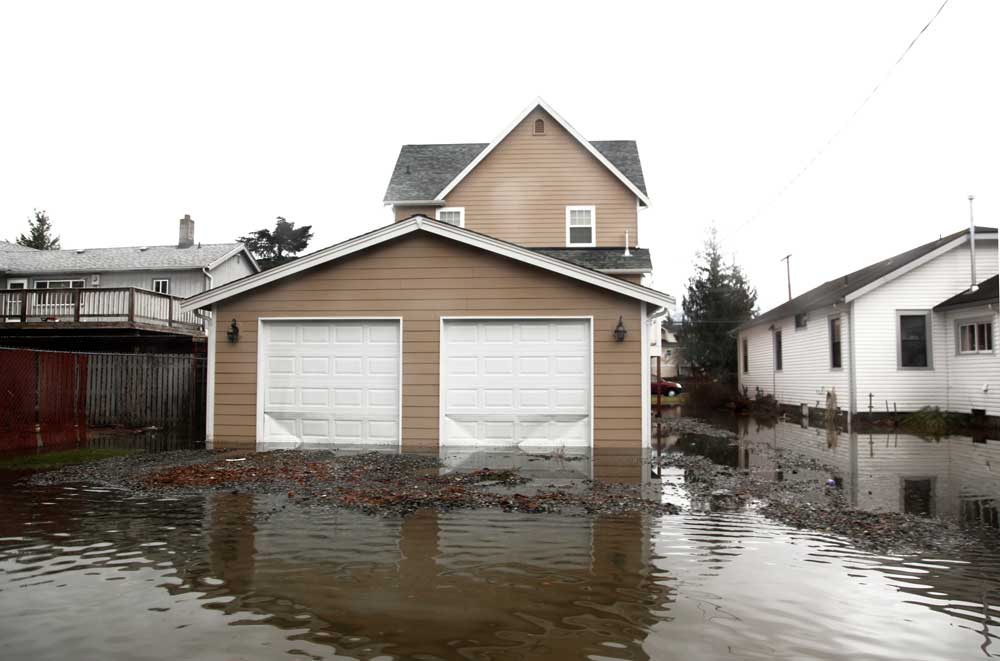South Asia is grappling with a deadly ,[object Object], in 2025, as relentless heavy rains have caused widespread devastation across ,[object Object], and ,[object Object],. The seasonal monsoon, while crucial for agriculture, has turned catastrophic due to intense downpours, flash floods, and landslides exacerbated by climate change. At least 1,860 lives have been lost so far, with floodwaters washing away entire villages in the Indian states of Uttarakhand, Jammu and Kashmir, and parts of ,Pakistan,’s Khyber Pakhtunkhwa province. Major cities like Mumbai and Karachi have been paralyzed as roads transformed into canals. The monsoon's unusual intensity is linked to rising global temperatures, which have also accelerated glacier melt, worsening flood risks in mountainous areas .
In ,Pakistan,'s Punjab province, authorities have evacuated over 150,000 people due to fears of severe flooding following ,India,'s release of excess water from overflowing dams into cross-border rivers like the Sutlej, Ravi, and Chenab. This release has caused a surge in river levels, prompting urgent rescue operations and relocation efforts in low-lying districts such as Kasur and Bahawalnagar, with the military assisting in evacuations. Relief camps have been established for displaced residents. This evacuation follows diplomatic communication between ,India, and ,Pakistan,, signaling concerns over cross-border water management during this critical monsoon period. The National Disaster Management Authority (NDMA) continues to issue warnings urging residents to avoid riverbanks and heed safety instructions .
The human toll is severe in remote mountainous regions, where sudden cloudbursts and flash floods have led to significant casualties and destroyed communities. In northern ,Pakistan,’s Buner district alone, over 300 people have died, many of whom lived along natural water courses vulnerable to flooding. Entire villages have been swept away, and survivors struggle to access aid amid ongoing rains. Witnesses recount harrowing scenes of death and displacement, with families losing dozens of members. Poor infrastructure, deforestation, and inconsistent disaster preparedness have compounded the impact of these floods, undermining the communities' resilience to such extreme weather events .
Climate experts warn that South Asia’s monsoon pattern is becoming more erratic and intense due to climate change, with increasing rainfall variability, flash floods, and landslides. ,Pakistan, has already recorded 50% more rainfall this year compared to the previous year, and ,India, reports above-normal precipitation in several regions. The ,monsoon season,, lasting through September, promises continued heavy rain spells that threaten further flooding and damage. Long-term environmental degradation, such as extensive deforestation reducing flood mitigation capacity, along with rapid urbanization and inadequate infrastructure, increases vulnerability to such disasters, underscoring the urgent need for improved climate adaptation and disaster risk management in the region .


